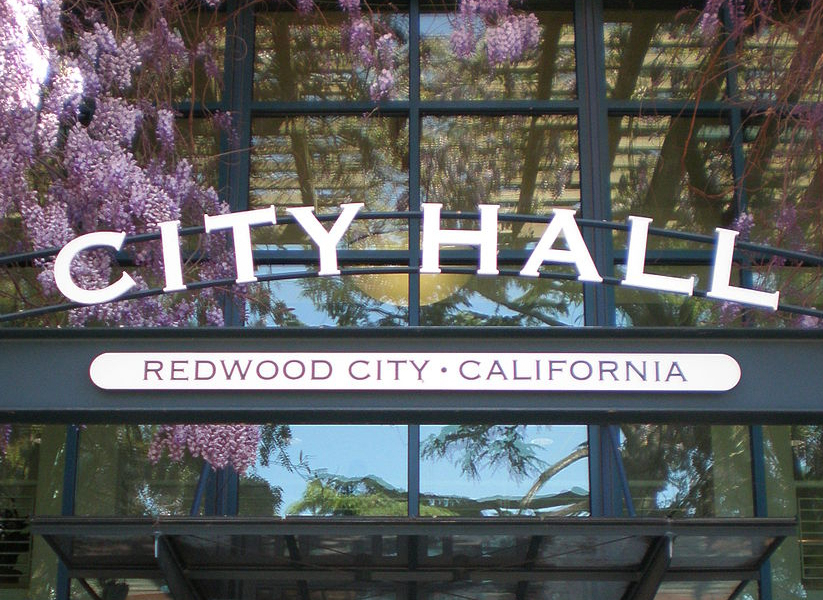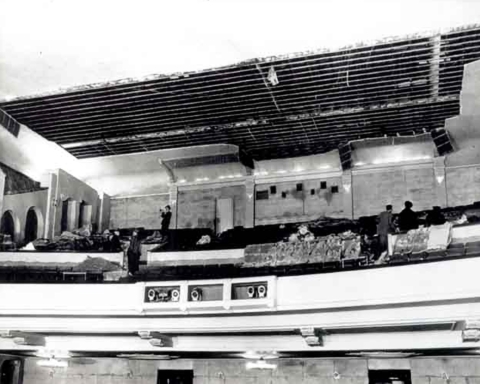The Redwood City council unanimously approved an inclusionary housing ordinance on Monday that requires multi-family residential developments to incorporate a certain percentage of affordable units.
The new ordinance applies to developments with a minimum of 20 units, of which 20 percent of rental units must be affordable. Ten-percent must be set aside for moderate income levels, 5-percent for low-income levels and 5-percent for very low income levels. The ordinance allows the developer to request an alternative mix of housing of equal or greater value. For developments with units for sale, 15-percent must be set aside for moderate-income levels.
The inclusionary housing requirement is the result of state legislation passed last year that allows cities to require a certain amount of affordable rental housing units — one of several measures being used by cities and the state to address the housing crisis. Before the legislation, new developments could pay fees to the city’s Affordable Housing Fund in lieu of incorporating affordable units. Those funds go into an Affordable Housing Fund used to construct new affordable housing or convert existing units to low or very-low income.
The city acknowledged both benefits and drawbacks to implementing an inclusionary housing requirement. The benefits? Developers can construct affordable housing more quickly than nonprofit affordable units, which require more time for financing, the city said. Also, such a practice encourages a better mix of affordable housing throughout the city rather than concentrating affordable units in one development or area.
The drawbacks of an inclusionary housing requirement are that it can increase development costs and potentially reduce residential construction and ultimately hurt housing affordability.
City staff aimed to develop a policy that found “the right balance between these tradeoffs.”
Council expressed a desire to review the ordinance’s results annually in order to adjust as needed.






